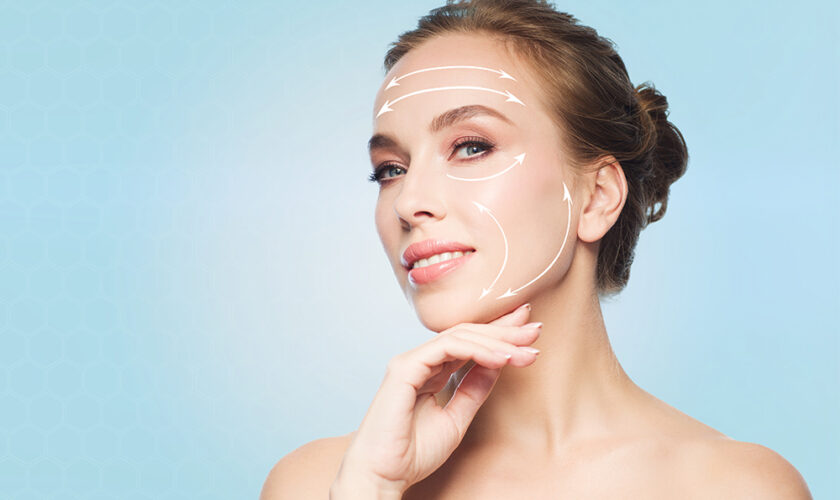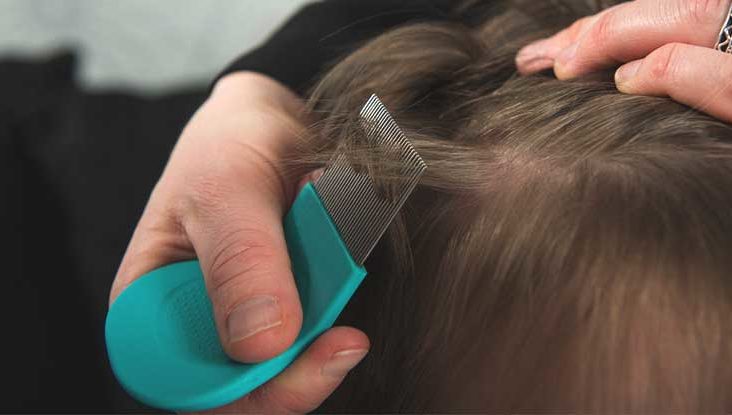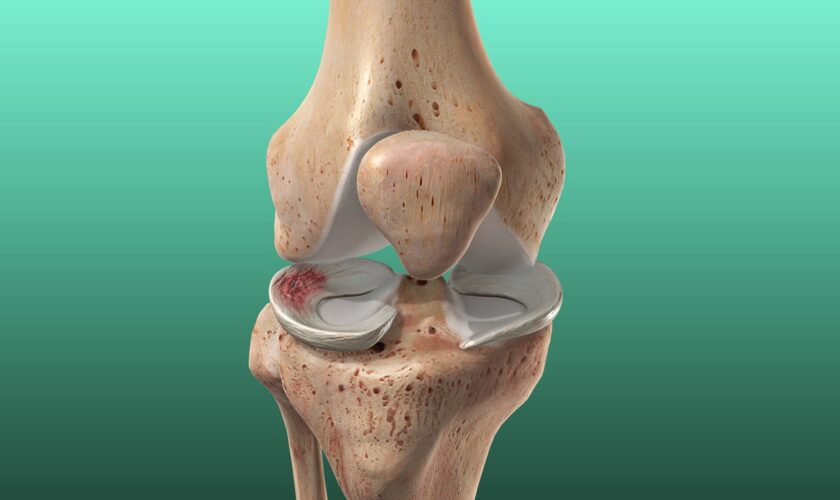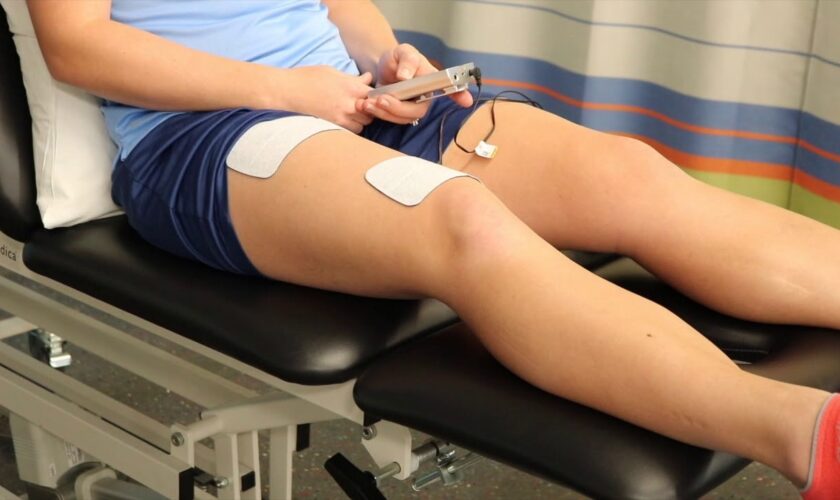Remember that time you thought it’d be a great idea to immortalize your ex’s name on your arm? Or perhaps you just don’t connect with that tribal tattoo you got on a whim in college anymore. Whatever the reason, you’re now looking to part ways with your once-loved body art. But, hold your horses! Before you consider going under the knife, allow us to introduce you to the cutting-edge world of non-surgical tattoo removal with Pico Laser. In this article, we’ll explore the ins and outs of this innovative procedure that’s rewriting the rules of tattoo removal.
Pico Laser: Changing the Tattoo Removal Landscape
So, what exactly is Pico Laser, and how does it work? The Pico Laser is a state-of-the-art device designed specifically for non-surgical tattoo removal. It operates by emitting ultra-short pulses of laser energy that fragment the ink particles within the skin. These shattered ink particles are then naturally flushed out by the body’s immune system. The speed and precision of the Pico Laser make it possible to target only the tattoo ink, leaving the surrounding tissue unscathed.
One of the key advantages of non-surgical tattoo removal with Pico Laser is the reduction in treatment times. The lightning-fast pulses of the Pico Laser make each session considerably shorter than traditional tattoo removal methods. Furthermore, the power and accuracy of the Pico Laser mean that most individuals require fewer sessions to achieve the desired results.
But that’s not all! The Pico Laser’s precision also greatly minimizes the risk of scarring, making it a safer option for non-surgical tattoo removal. Plus, the Pico Laser can tackle even the most stubborn ink colors, including blues and greens, which have historically been challenging to remove.
The Pico Laser Tattoo Removal Journey
Your non-surgical tattoo removal with Pico Laser journey begins with an initial consultation with a qualified professional. During this meeting, they’ll evaluate your tattoo, discuss your expectations, and determine the most appropriate course of action for your specific situation.
To ensure the best possible results, you’ll need to follow a few simple guidelines before your Pico Laser tattoo removal session. For example, you should avoid sun exposure on the tattooed area for at least two weeks prior to treatment, keep the area clean and moisturized, and refrain from using any topical numbing agents unless instructed by your practitioner.
During the treatment, your practitioner will apply the Pico Laser to the tattooed area, targeting the ink particles with ultra-short pulses of energy. While you may experience a sensation similar to a rubber band snapping against your skin, most people find the discomfort tolerable.
After your Pico Laser tattoo removal session, it’s crucial to care for the treated area properly. This includes keeping the area clean and dry, applying an antibiotic ointment and a sterile dressing as directed by your practitioner, and avoiding sun exposure. Be sure to follow any other specific instructions provided by your practitioner.
Is Pico Laser for Tattoo Removal Safe?
Yes, tattoo removal with Pico Laser is considered safe when performed by a qualified and experienced practitioner. The Pico Laser is designed specifically for non-surgical tattoo removal and uses ultra-short pulses of laser energy to target and shatter ink particles within the skin. The surrounding tissue remains unharmed, as the laser’s speed and precision allow it to focus solely on the tattoo ink.
Although Pico Laser tattoo removal is generally safe, it’s crucial to consult with a qualified professional before beginning treatment. They will assess your specific situation, discuss your expectations, and determine if Pico Laser tattoo removal is the right option for you. It’s also important to follow all pre- and post-treatment care guidelines provided by your practitioner to ensure the best possible results and minimize any risks.
In conclusion, non-surgical tattoo removal with Pico Laser has emerged as a revolutionary solution for those seeking to erase their ink without resorting to surgery. With its many benefits, including reduced treatment times, fewer required sessions, minimize scarring risk, and effectiveness on challenging colors, it’s no wonder that the Pico Laser is becoming the go-to method for those who wish to part ways with their tattoos.









